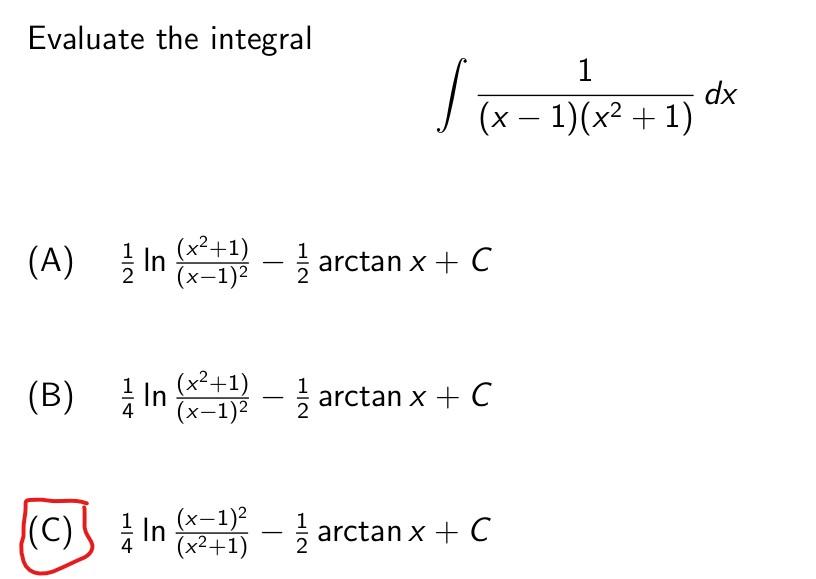Integral 1 x2

Calculus, a branch of mathematics developed by Sir Isaac Newton and Gottfried Wilhelm Leibniz in the late 17th century, has been instrumental in unraveling the mysteries of change and motion. Among its fundamental concepts is the integral, a mathematical tool that plays a crucial role in finding areas under curves and solving various real-world problems. In this article, we delve into the integral of 1/x^2, exploring its significance, properties, and applications.
The Integral ∫1/x^2:
The integral ∫1/x^2 is a mathematical expression that represents the antiderivative of 1/x^2 with respect to x. In simpler terms, it signifies finding a function whose derivative is equal to 1/x^2. To solve this integral, we employ the power rule of integration, which states that ∫x^n dx = (1/(n+1))x^(n+1) + C, where C is the constant of integration.
Applying the power rule to ∫1/x^2, we get ∫1/x^2 dx = (-1/x) + C. Here, C represents the constant of integration, which accounts for the fact that the derivative of a constant is zero.
Graphical Representation:
To gain a visual understanding of the integral ∫1/x^2, let’s examine its graphical representation. The function f(x) = 1/x^2 is a hyperbola with its vertex at the origin (0,0). As x approaches zero, f(x) tends to infinity, and as x moves away from zero, f(x) decreases. The integral ∫1/x^2 captures the area under the curve between the x-axis and the graph of f(x).
When integrating 1/x^2, the result (-1/x) introduces a singularity at x = 0. This singularity is a crucial point to consider when interpreting the integral’s graph. As x approaches zero from the positive side, the integral tends towards negative infinity, and as x approaches zero from the negative side, it tends towards positive infinity.
Properties of ∫1/x^2:
- Divergence at x = 0: The integral ∫1/x^2 exhibits divergence at x = 0 due to the singularity introduced in the antiderivative (-1/x). This divergence emphasizes the importance of handling infinite values with caution in mathematical applications.
- Odd Function: The function f(x) = 1/x^2 is an odd function, meaning that it satisfies the condition f(-x) = -f(x). Consequently, the integral ∫1/x^2 is also an odd function, exhibiting symmetry about the origin.
- Monotonic Decrease: As x moves away from zero, the function 1/x^2 monotonically decreases. This monotonic behavior is reflected in the integral, where the antiderivative (-1/x) further contributes to the decreasing nature of the overall function.
Applications:
The integral ∫1/x^2 finds applications in various fields, including physics, engineering, and finance. Here are a few examples of its practical use:
- Physics – Gravitational Field: In physics, the integral ∫1/x^2 is encountered in the study of gravitational fields. Newton’s law of universal gravitation involves the inverse square of the distance between two masses. The integration of this inverse square law leads to the expression for gravitational potential energy.
- Electromagnetism – Coulomb’s Law: The integral ∫1/x^2 also plays a role in Coulomb’s law, which describes the electrostatic force between charged particles. The electric field generated by a point charge follows an inverse square relationship, and integrating this relationship yields the electric potential.
- Finance – Compound Interest: In finance, the integral ∫1/x^2 may be applied to calculate compound interest. The formula for compound interest involves the reciprocal of the interest rate squared, and integration is used to determine the future value of an investment.
Conclusion:
The integral ∫1/x^2, a seemingly simple mathematical expression, reveals its complexity through its graphical representation, properties, and applications. Its divergence at x = 0 underscores the need for careful consideration of singularities in mathematical analysis. As a tool in calculus, this integral continues to be a fundamental building block for solving real-world problems in various scientific and mathematical disciplines.





